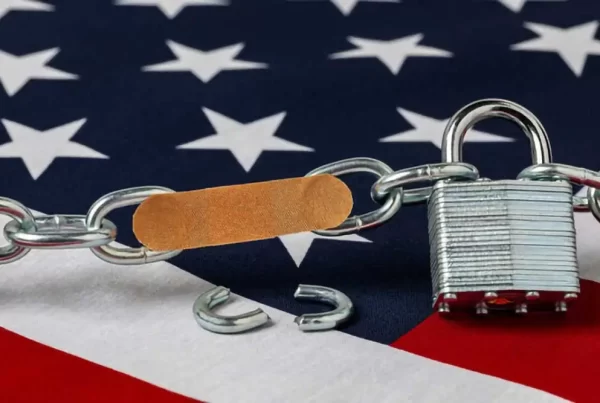The workload for Human Resource departments has multiplied under the Trump administration. Current figures show that USCIS is issuing Requests for Evidence on 60% of all H-1B petitions in 2019. While many attorneys have different strategies on how to tackle these cases, I am in favor of what is called “Front-Loading.” I try to put our best foot forward to hopefully avoid the dreaded RFE. While USCIS keeps moving the goal post we will continue to chase down and forestall any opportunity for the government to say “Insufficient Evidence.”
Here are my top ten ways employers can prevent an RFE:
- Be Specific: More and more RFE’s are claiming that the job description is too vague. They want to see specificity. Numerate each technical duty and assign a percentage of time spent. If the job description is too technical for HR, have the employee’s supervisor or manager get involved. The more detailed and technical the position, the less opportunity for USCIS to claim it is vague.
- Show the Work: USCIS is increasingly asking for evidence of specialty occupation work. Be prepared to show what your employer is or will be doing. This evidence can be in the form of screen shots, technical brochures, promotional materials, or any document that proves the work exists.
- Think Three Years: USCIS is increasingly limiting the duration of approvals based on what they perceive as the end date of employment. If you intend to hire for the full three years, you will need to provide either a contract, work order, or other comparable evidence that there will be a job for your employee for the full three years.
- Be a Bragger: Show off your company with brochures, financials, press releases and more that show the size, scope, and importance of your operation.
- Update your Org Chart: USCIS wants to see the structure of your business and how your prospective employee fits. Include names, titles, and degrees.
- Recruit: If you are recruiting for this position with the degree requirement, this is strong evidence that the position is a specialty occupation.
- Consultants are Special: If you are contracting your employee out, be prepared. USCIS will want to see a Statement of Work with signatures, names, dates, and job duties. You should also ask your end client to sign a letter specifying the work assignment.
- Who is the Employer: USCIS is constantly questioning employer-employee relationship. They want to ensure that the company signing the petition is the real employer. This applies specifically to consultants. USCIS will want to know who is controlling your employee’s work. Provide evidence of employer control in the form of performance review documents, employee handbooks, benefit packages, and contracts.
- BAHA: USCIS has been indoctrinated with Trump’s Buy America Hire America Proclamation. If your company has a growing U.S. workforce and your new hire can contribute to this growth, now is the time to demonstrate this with specific positions created and filled. Provide a narrative of how this employee has or will help your company grow.
- Explain your Industry: In today’s world, businesses are getting more complex. USCIS still operates in the world of 9-5 office jobs. Provide greater insight into how your company functions and how your workforce operates. This gives the examiner a clearer picture of the why this role, why this location, why this degree.
My 11th tip would be to find good representation. The H-1B process can be a minefield these days and preparation is everything. Putting your best case forward will result in a faster and less stressful onboarding of your future hires. In the end, it is our job to make your job easier!





